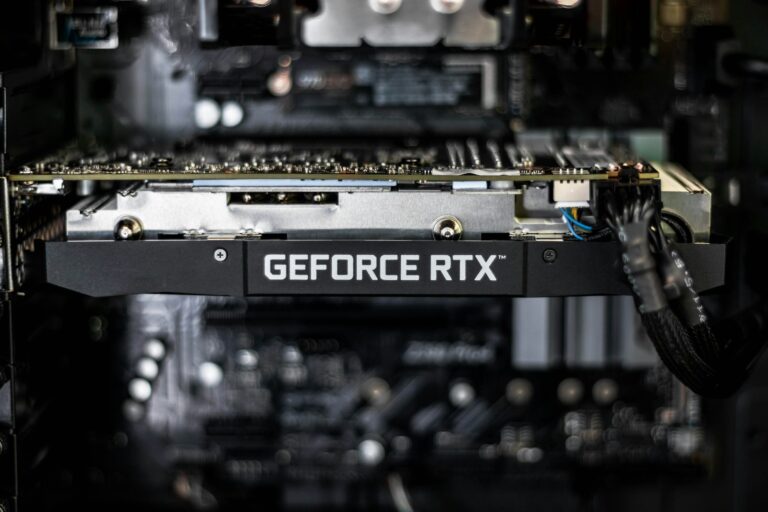It is estimated that the company’s AI products will generate about $40 billion in revenue.
Because of the growing interest in artificial intelligence, Nvidia has received a lot of coverage over the course of the past year. Considering that its graphics processing units (GPUs) for data centers are regarded as the industry’s gold standard, the company’s profits have surged as a result of this new trend in computing. A global shortage of Nvidia graphics processing units (GPUs) for artificial intelligence has resulted in businesses rushing to acquire as many GPUs as they can. Analysts from Wells Fargo have reported that this has resulted in Nvidia capturing 98 percent of the present market for graphics processing units (GPUs) in data centers.
A summary of the research that was published by Wells Fargo Equity Research was published on X by an employee of Microsoft. The report provides some fascinating insights about the market for graphics processing units (GPUs) in data centers. The most important of these is that it is anticipated that Nvidia would earn between $37 billion and $45.7 billion from the sale of GPUs to data centers in the years 2023 and 2024. To provide some background, Nvidia reported $15 billion in income from its data centers for the fiscal year 2023, which concluded in September, in its annual report for the year 2023. However, Nvidia’s revenue from its data centers is rapidly increasing, as seen by the fact that the company’s revenues climbed by 279% year-over-year at the end of 2023. It is highly likely that this rate will remain unchanged for the foreseeable future. Wccftech picked up on the tweet that was sent on X.
Estimated Data Center GPU Market Share:
— Eric (@EricFlaningam) January 29, 2024
There’s a lot of talk about the future of data center GPUs and competition for $NVDA.
Based on estimates from Wells Fargo Equity Research, $NVDA currently has a 98% market share in data center GPUs.
That number is projected to drop to… pic.twitter.com/J8KUgiawNV
While it is anticipated that Nvidia will continue to dominate this market during the entirety of 2024, it is anticipated that AMD will make some headway. There is a possibility that the firm may reduce Nvidia’s market share to a meager 94-96 percent this year as a result of the widespread distribution of its Instinct products throughout the industry. It was reported by Tom’s Hardware that during the earnings call that took place this week, AMD’s CEO mentioned that the company has already received orders for its most recent MI300 AI accelerator amounting to $3.5 billion. Despite this circumstance, Wells Fargo forecasts that AMD’s sales from data center GPUs would range from $461 million to $2.1 billion over the course of the following year. This means that AMD’s earnings will be a small fraction of Nvidia’s profitability.
Intel is also a contender, but as the chart that is located above demonstrates, it is not even close to making an impact. In December, the CEO of Intel claimed that the company’s future Gaudi 3 accelerators will be competitive with the H100 accelerators from Nvidia and the MI300 accelerators from AMD. Despite this, it is quite evident that the company has a long way to go before it can compete in this market, particularly when considering the software ecosystems that are involved.
As we get into the year 2024, it is highly probable that it will be known as the year of the artificial intelligence personal computer, and Nvidia finds itself in a very strong position, which is an understatement. When the firm launches Blackwell later this year, it is anticipated that it will extend its domination; nevertheless, the analysts at Wells Fargo remark that the company is being held back by packaging. Unfortunately, TSMC does not have sufficient production of CoWoS (chip on wafer on substrate) to meet the demand for Nvidia’s and AMD’s data center graphics processing units (GPUs). An investment of $2.9 billion in more CoWoS packaging has already been announced by TSMC; however, the investment will not begin to bear fruit until later this year.

